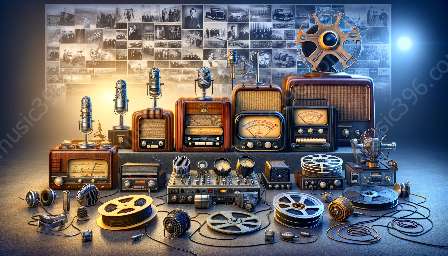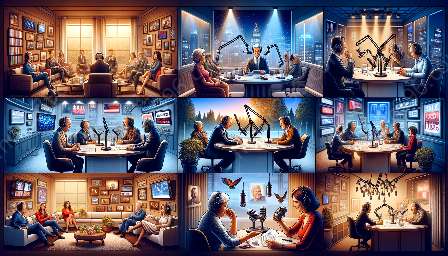The history of radio as a mass medium is a fascinating journey that encompasses technological advancements, regulatory changes, and societal impact. To understand the commercialization of radio, it's essential to explore the key events that shaped its evolution from the beginnings of radio to its widespread influence on global communication.
Beginnings of Radio
The foundations of radio can be traced back to the late 19th century when inventors and scientists began experimenting with wireless communication. In 1895, Guglielmo Marconi successfully transmitted radio signals across a distance, marking a significant milestone in the development of radio technology. This breakthrough laid the groundwork for further advancements that would ultimately lead to the commercialization of radio.
Regulatory Framework
As radio technology continued to evolve, the need for regulatory oversight became increasingly apparent. In the early 20th century, governments around the world established regulations to manage the use of radio frequencies and ensure fair and efficient communication. The formation of regulatory bodies and licensing systems played a pivotal role in preparing the groundwork for the commercialization of radio.
Mass Production of Radio Receivers
One of the key events that contributed to the commercialization of radio was the mass production of radio receivers. As the demand for radio sets grew, manufacturers developed efficient production methods, making radios more affordable and accessible to a wider audience. This shift made radio ownership a reality for many households, paving the way for its mass dissemination as a medium for entertainment, news, and information.
Emergence of Advertising
With the increasing popularity of radio, businesses recognized the medium's potential to reach a large audience. Radio advertising became a lucrative opportunity for companies to promote their products and services, fueling the commercialization of radio. Advertisers invested in radio airtime, leading to the development of sponsored programs and the integration of commercial messages into radio broadcasts.
Impact on Society and Culture
Radio's commercialization had a profound impact on society and culture. It transformed the way people accessed information, entertained themselves, and connected with the world. Radio broadcasting became a powerful tool for shaping public opinion, disseminating news, and fostering cultural exchange. The commercialization of radio also contributed to the rise of popular music, sports commentary, and other forms of entertainment that became integral parts of people's daily lives.
Technological Innovations
Alongside its commercialization, radio technology continued to evolve, leading to improvements in sound quality, reception capabilities, and programming diversity. Innovations such as FM radio, transistor radios, and satellite broadcasting expanded the reach and appeal of radio as a mass medium, further solidifying its position in the global communication landscape.
Digital Transformation
The advent of digital radio represented another pivotal moment in the commercialization of radio. Digital broadcasting technologies offered superior audio quality, interactive features, and expanded channel capacity, revolutionizing the radio industry and enhancing the overall listening experience for audiences.
Conclusion
The commercialization of radio as a mass medium is a testament to the power of innovation, regulation, and entrepreneurship. From its humble beginnings to its status as a ubiquitous cultural force, radio has thrived as a platform for expression, entertainment, and information. Understanding the key events that facilitated its commercialization provides insights into the profound impact of radio on society and its enduring relevance in the digital age.









































